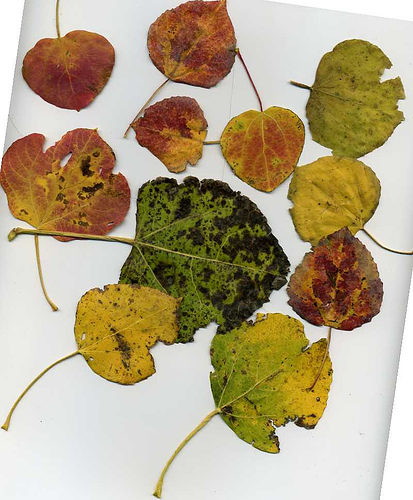Here are some photos from our nature walk last weekend that I haven’t shared with you. The color of the aspens against the blue sky and greens of the evergreen forest make for a beautiful eyeful of complimentary color.
Would you ever get tired of seeing this view out your window? I would love to build a little cabin in the woods to retreat to when my life gets too stressful.
The Handbook of Nature Study has some wonderful ideas for tree study. From page 622:
“During autumn the attention of the children should be attracted to the leaves by their gorgeous colors. It is well to use this interest to cultivate their knowledge of the forms of leaves of trees; but the teaching of the tree species to the young child should be done quite incidentally and guardedly. If the teacher says to the child bringing a leaf, ‘This is a white oak leaf,” the child will soon quite unconsciously learn that leaf by name. Thus, tree study may be begun in the kindergarten or the primary grades.”
Page 623-626 has activities to complete during each of the four seasons with your tree. I am anxious to apply these to the study of our tree that we are watching for a year.
I am finding so much to learn about nature in my own area of the world.

